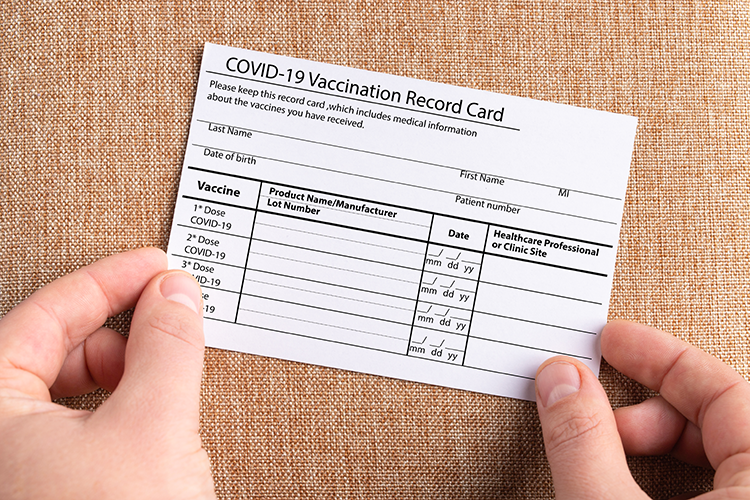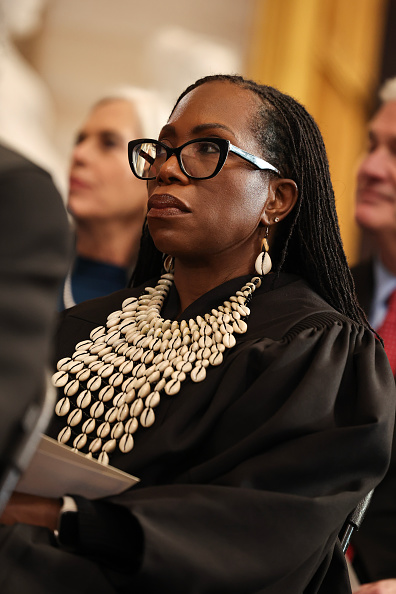Will employer vaccine mandate survive? OSHA would act under little-used statutory provision

Image from Shutterstock.
President Joe Biden’s plan to require businesses with more than 100 workers to require vaccinations or testing relies on a little-used provision of a 1970 law.
The Occupational Safety and Health Act of 1970 authorizes the secretary of the U.S. Department of Labor to implement emergency rules, without the formal notice and comment process, when “employees are exposed to grave danger from exposure to substances or agents determined to be toxic or physically harmful or from new hazards.”
The rule is known as an “emergency temporary standard,” and it must be “necessary to protect employees from such danger.” The formal rule-making process—which can take years to complete—would follow the emergency rule.
The emergency provision has been used only nine times, according to a post at Reason that described the process as “regulate first and explain later.”
Other coverage is at the Volokh Conspiracy, Reuters and Vox.
Six of the nine emergency temporary standards issued by the OSHA have been challenged in court. Only one was fully upheld, while the others were stayed or vacated.
“In other words, the courts have by no means been pushovers” for the emergency temporary standards, according to Walter Olson, a senior fellow at the Cato Institute, in his Reason post.
Lawsuits challenging the emergency vaccine rule could contend that there is no “grave danger,” especially because circumstances aren’t different than a year ago, James Sullivan, a lawyer at Cozen O’Connor, told Reuters.
Lawsuits could also argue that the 100-employee threshold is arbitrary, Sullivan said.
Another issue is whether COVID-19 really poses a grave danger when most employees can eliminate the threat by getting vaccinated, according to the Volokh Conspiracy post by Ilya Somin, a professor at the George Mason University Antonin Scalia Law School. Lawsuits could also argue that a virus isn’t a “substance or agent” within the meaning of the law.
Lawsuits challenging the rule would have to be filed in a federal appeals court, via a judicial lottery, rather than a federal district court, according to Vox and another Volokh Conspiracy post by Josh Blackman, a professor at the South Texas College of Law in Houston.
The last time that the OSHA tried to enact an emergency standard before the COVID-19 pandemic was in 1983, when the Reagan administration sought to limit workers’ asbestos exposure. The 5th U.S Circuit Court of Appeals at New Orleans struck down the rule the next year in Asbestos Information Association v. OSHA.
The appeals court gave the OSHA leeway to define “grave danger” but said the agency failed to consider alternative rules, such as one requiring worker respirators. The reasoning of the decision could be applied in a new challenge, according to Vox.
Somin, writing for the Cato Institute’s Cato at Liberty, also sees constitutional issues, as does Olson at Reason.
Possible arguments include: that Congress violated separation of powers by giving too much power to an agency, requiring at least close judicial review; that Congress can’t justify giving the OSHA such power under the commerce clause or other enumerated powers; and that the mandate fails for lack of a provision for religious accommodation.
See also:
ABAJournal.com: “Now that the COVID-19 vaccine has full approval from the FDA, how will employers respond?”
ABAJournal.com: “This firm is fighting mandatory COVID-19 vaccines with legal filings and warnings”
ABAJournal.com: “Can businesses require employees to get a COVID-19 vaccine?”
Write a letter to the editor, share a story tip or update, or report an error.


